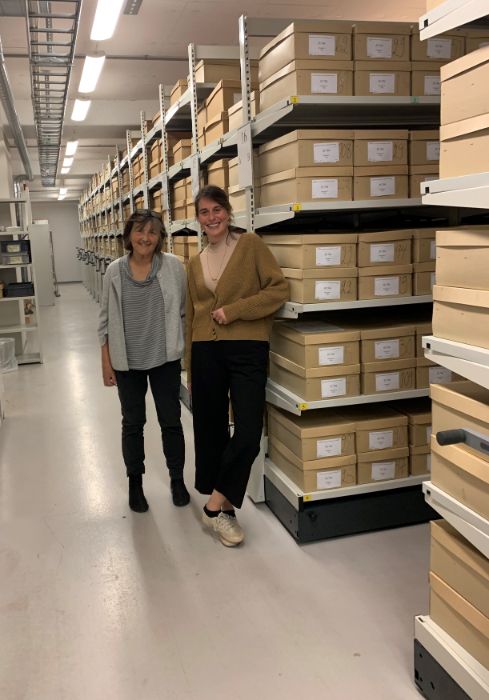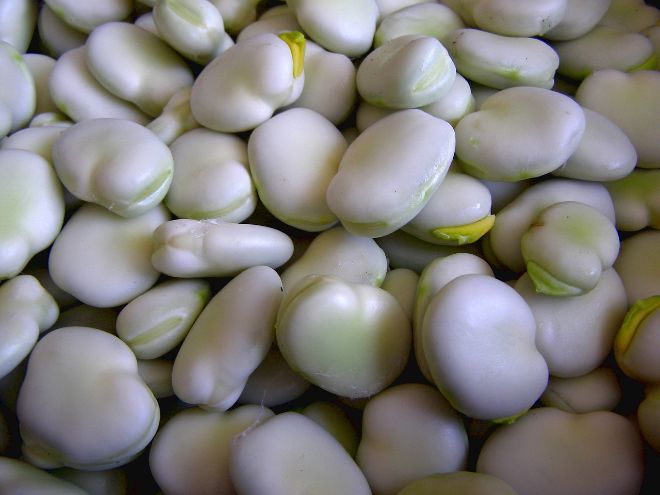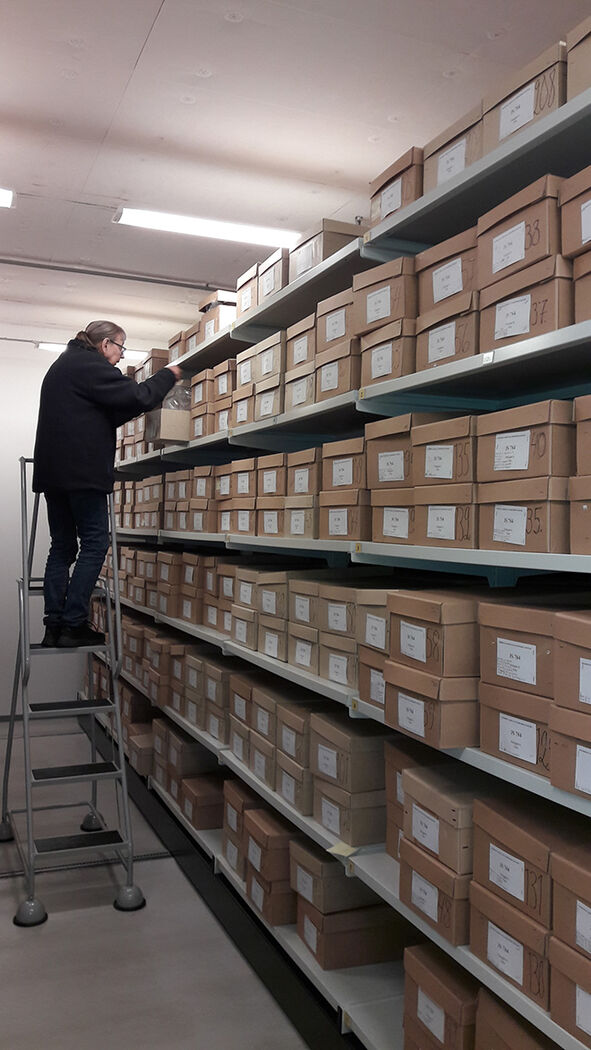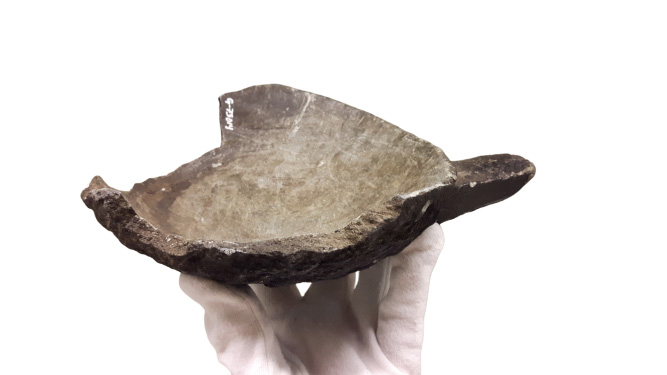Veronica Aniceti is our new post doctor in the FOODIMPACT project. She is analysing animal bones to find out more about the food culture of people living in Oslo in the Middle Ages. Here she is telling about how she is going to do it and what she has been looking into so far.
Food in the Middle Ages
Medieval Oslo gradually became part of an international trading network. Written sources indicate that export of cod, hides and furs played an important role in the trade. Interestingly, fish bones make up a relatively small part of the total remains of animal bones from medieval Oslo. Did the rising volume of fish export result in a declining availability of fish in Norwegian towns? Or were Arctic stockfish consistently available in Oslo? Alex Hirons is now analysing fish bones found in the excavation of Oslogate 6 by stable isotopes of carbon, nitrogen, Sulphur and hydrogen. We are trying to find out from where Oslo was securing its fish supply.
Legumes, such as beans and peas, are excellent sources for plant-based proteins in people’s diets. These super plants also add nitrogen to the soil which makes it more nutritious, and they are fairly easy to grow. This last point was likely more important for the citizens of the medieval towns. We’ve had access to legumes in Norway for a long time. Broad beans (fava bean) and peas (Pisum Sativum) were in use in the Viking Age. We know from both paleo-botanical and written sources that legumes were grown in rural areas, but the eldest paleo-botanical remains stem from Oslo in the 11th century. These kinds of plants were likely common in the Norwegian medieval towns.
In the Research project FOODIMPACT, we will take a closer look at medieval fish. What kind of fish was available to the population of Oslo in the middle Ages?
During this period, Oslo gradually became part of a larger international trade network. The city became a trading post (Factorie) for the Hanseatic League in the 14th century.
Stock fish or dried cod was according to both written and archaeological sources the most important commodity of trade. The stock fish was exported from Norway to different parts of Europe. How much fish did they eat in the Norwegian towns? Did the town dwellers have easy access or was most of the cod exported out of the country? How important was local fish in the diet and what species did they eat? Can the remaining fish bones tell us anything about how the fish was cooked?
If you were to cook porridge, stew, or something similar in the Middle Ages, it was likely that you would take a soapstone pot to place over the fire and cook the food in. Soapstone pots, or soapstone (steatite) in general, was very practical and and were for this reason popular from the Viking Age and throughout the medieval period. Many fragments from these vessels have been found in medieval Oslo.

About Food in the Middle Ages
On this blog, we’ll talk about what kind of food people ate in the Norwegian Middle Ages by shining a light on local cultivation and recipes. We will show results from the research laboratories and exciting artifacts from our collections that tell of a diverse food culture, especially in the medieval towns, which consisted of so much more than just meat and porridge.










